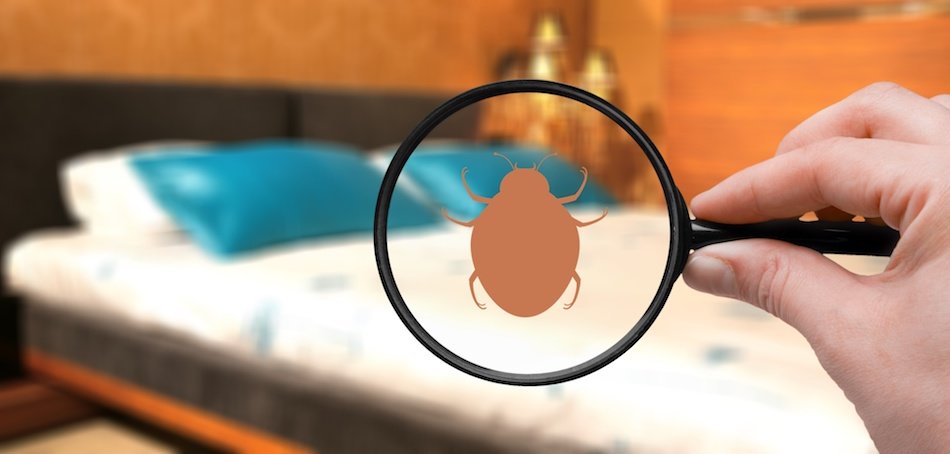How to Protect a Home From Pest Infestation
Posted by Justin Havre on Tuesday, June 19th, 2018 at 9:29am.
 The backyard may offer a natural habitat for all sorts of creatures that are beneficial to the natural environment, but most homeowners wouldn't invite a single one of those critters to take up residence indoors. If a home seems to be a magnet for unwanted pests, it's time to take some serious action.
The backyard may offer a natural habitat for all sorts of creatures that are beneficial to the natural environment, but most homeowners wouldn't invite a single one of those critters to take up residence indoors. If a home seems to be a magnet for unwanted pests, it's time to take some serious action.
In many cases, protecting your home against such onslaught is relatively routine, handled easily with DIY inspections and simple preventive measures. If, however, there is evidence of existing damage or an infestation has grown out of control, it's time to call in a professional. Doing nothing will only result in a bigger problem and, typically, more expense.
Inspect Parts of the Home
Unwanted pests—whether they are flies and other insects, ants, crickets, birds or rodents—constitute an early warning about home security. Little critters can sneak in easily while a door is open, but homeowners should regularly check a home's foundation and exterior siding if unwanted visitors become more than occasional. If there are unexplained noises, especially at night, be suspicious. Look for holes and gaps in the doors and walls, and check all plumbing and electrical penetrations. Also check the seals around doors and windows. Make needed repairs before outdoor pests find their way inside.
Investigate Problem Areas in the Home
If you suspect that a problem exists, a thorough investigation is in order. Tiny ants are not uncommon in the spring, and they can be pesky, but are not often a serious threat. A line of busy ants along a fence line, or across a patio, however, might also point to termite infestation. Knowing the warning signs for various types of pests can save time and money, and if a homeowner is ever in doubt as to if their home could have an infestation, they should seek out the assistance of a home inspector.
Identify the Source of the Infestation
It's impossible to take action until the source of the problem is identified. In some locales, it's especially difficult to find and identify destructive wildlife, including packrats, chipmunks, raccoons and opossums. Keep a log of noises, sightings and obvious destruction if you suspect that a family of pests is living in the yard, between the studs or in the attic. Animal control officers often offer advice and provide live traps to help residents capture and relocate wildlife.
Wildlife experts also valuable sources of information about the kinds of action that is allowed and effective to deal with migrating birds, woodpeckers, rabbits and even feral cats.
Take Action Against the Infestation
Household pests not only cause damage, but can carry disease, trigger allergies, and even cause serious illness or death to humans and pets. Creatures that sting, bite or have venom can be life-threatening. As cute as some creatures are, many do not belong in residential areas and have no place in homes.
Proper action depends on the type of pest and the extent of the threat. If you live in an area with poisonous snakes or spiders, it's wise to educate all members of the household from as early an age as appropriate.
For termites, flea and tick infestations, and some types of mice, as well as for bees, wasps and attic rodents, professional assistance is generally recommended.
Prevent Recurrence
Finally, once the pest infestation has been removed or relocated, repair any damage and take the necessary remedial steps to discourage future problems. Routine interior and exterior inspections will reveal any suspicious activity so that, hopefully, no unwanted guests will move in again.
The same principles apply, whether you spot a mouse in the garage or a small hornet's nest under the eves, whether you hear noises in the night or find a shredded heap of paper on the patio. Take steps today to ensure your Springbank home isn't infested by wildlife.
